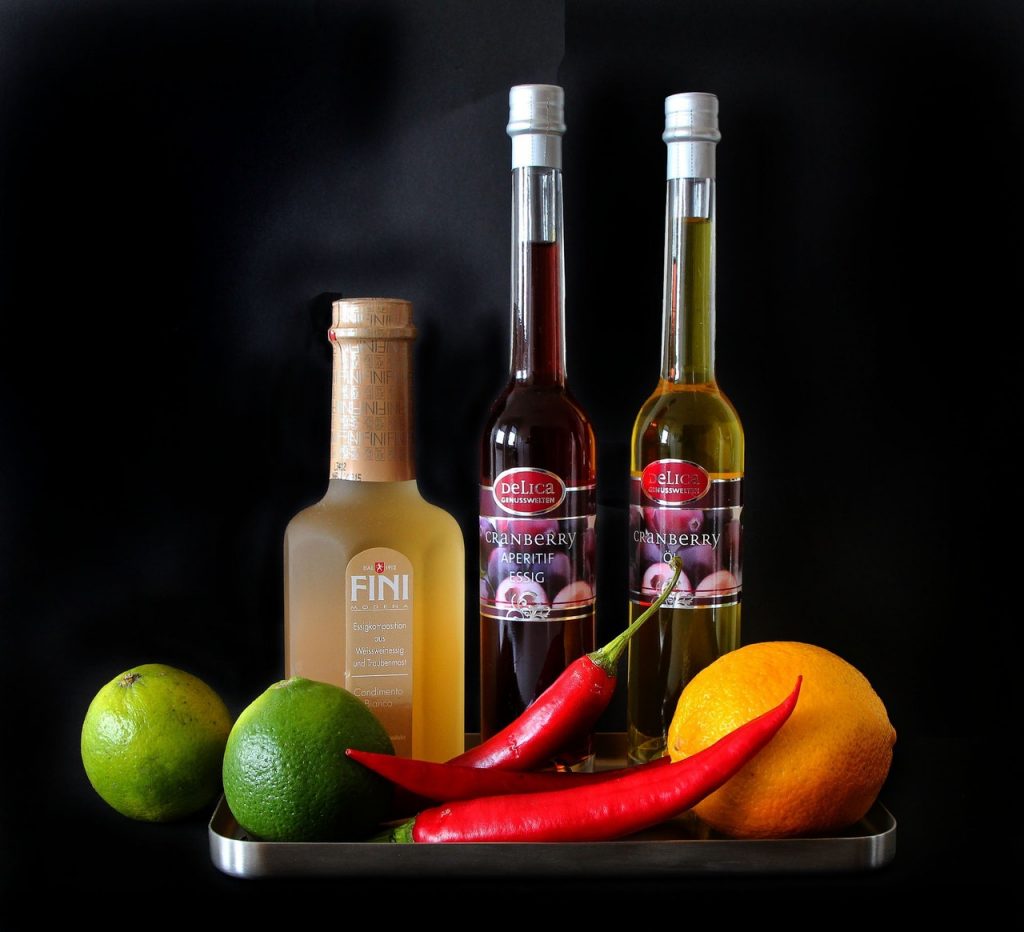A Guide to Filipino Sawsawan (Dipping Sauces)
Updated as of December 22, 2023.
It’s no secret that Filipinos love to eat.
At the center of every celebration, party, or even a simple gathering is a spread of well-loved dishes served with abundant choices of sawsawan or dipping sauces, a distinctive element of Filipino cuisine.

Filipino cuisine is a result of hundreds of years of colonization and foreign influences. A lot of its dishes are of foreign origin and have only been modified to suit the Filipino palate.
In her essay Culture Ingested: Notes on the Indigenization of Philippine Food, renowned writer Doreen G. Fernandez said that a way of localizing a foreign dish is by injecting familiar and local flavors, which in one way is done through the use of sawsawan.
But more than indigenizing the dish, it shows the Filipinos’ strong sense of community.
 IMAGE Heloise Diamante
IMAGE Heloise Diamante
The cooks don’t take offense when people add a bit of soy sauce or a dash of salt to their dishes because the diners are involved in the process of making their food as much as the chef. The cook interacts with the people and lets them adjust the dish to their preferred taste.
Another interesting thing to note about sawsawan is there is no definite rule on what to use for a certain dish. You can pick whichever will suit your tastebuds or will complete your meal.
The most common ingredients used as sawsawan are basic condiments such as toyo, suka, and patis. These are often combined with spices like chili, pepper, garlic, onion, and even calamansi or dayap (Philippine lime).

There are also dipping sauces that are fermented like the bagoong or fermented shrimp paste, or pickled like atchara, which is made with papaya.
Although there is no concrete or established rule, dipping sauces often depend on the type of dish to be eaten. It can also vary per region or location and can be based on what was introduced in the household while growing up.
Below is a list of some of the most common sawsawan and the Filipino dishes they are usually paired with:
Toyo (Soy Sauce)
Toyo is often paired with fried, grilled, and steamed food. Since it is salty, a calamansi or two is squeezed in to give a tinge of sourness/acidity to the sauce.
 Abe’s Farm’s Knockout Knuckles
Abe’s Farm’s Knockout Knuckles
Some also add in onion, garlic, and chili for heightened taste and texture. This is often served with deep-fried dishes like crispy pata and bagnet.
Suka (Vinegar)
Like toyo, suka is paired with fried and grilled food, often mixed with onion, garlic and chili.
 Isla Sugbu’s Crispy Calamares
Isla Sugbu’s Crispy Calamares
Suka is also a popular dipping sauce for street food like fishball and isaw (skewered chicken intestine), even for the famous balut (fertilized duck egg).
 El Corazon’s Pescado Calamar Bola-Bola
El Corazon’s Pescado Calamar Bola-Bola
Patis (Fish Sauce)
The broths of favorite Filipino soup dishes like sinigang, nilaga, and bulalo are often modified with a splash of patis, with a bit of calamansi and chili.
 Inapuyan’s Sinigang na Lechon
Inapuyan’s Sinigang na Lechon
Bagoong / Alamang (Shrimp Paste)
As green mangoes are extremely sour, Filipinos tend to dip it in a jar of shrimp paste to balance out the taste. Shrimp paste and jicama or singkamas in Filipino are also a common combination.
 Marison’s Crispy Tripe Kare-Kare
Marison’s Crispy Tripe Kare-Kare
The popular Filipino viand kare-kare (ox tripe stew in peanut butter sauce) is also best eaten with a serving of homemade shrimp paste.
Atchara (Pickled Papaya)
Made with pickled slices of unripe papaya, carrots, and bell pepper, atchara is often served alongside grilled and fried Filipino dishes like chicken inasal (Bacolod-style grilled chicken) and the breakfast staple tapsilog (cured beef, fried rice, and egg).
 Bench Cafe’s Pork BBQ Skewer
Bench Cafe’s Pork BBQ Skewer
Banana Ketchup
 IMAGE from Unsplash
IMAGE from Unsplash
A modern and uniquely Filipino condiment, banana ketchup was created during World War II due to a shortage of tomato ketchup. Made from mashed bananas, sugar, vinegar, and spices, it has a sweet and tangy taste. This bright red sauce is used as flavoring in Filipino-style spaghetti and as a dip in fried dishes like chicken and pork.
Mayonnaise
 IMAGE from Unsplash
IMAGE from Unsplash
In the Philippines, mayonnaise is widely used as a dip, often for dishes like fried chicken, various seafood, and as a base for other dipping sauces. It’s commonly mixed with other ingredients such as garlic, onion, or herbs to enhance its flavor. This condiment is also a popular addition to Filipino-style macaroni salad and potato salad, where it’s blended with other seasonings and ingredients.
Hot Sauce
 IMAGE from Unsplash
IMAGE from Unsplash
More than a necessity and sustenance, food is a way to further understand a place’s culture and history. So the next time you try a Filipino dish, don’t hesitate to ask for sawsawan and experience dining that is truly local.
Sources: Culture Ingested: Notes on the Indigenization of Philippine Food, CNN Philippines, and Philippine Star














